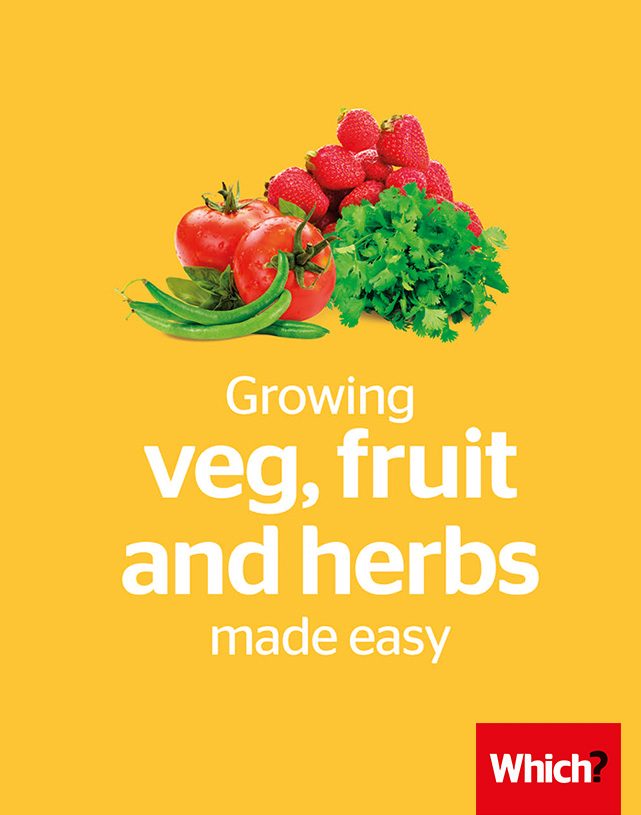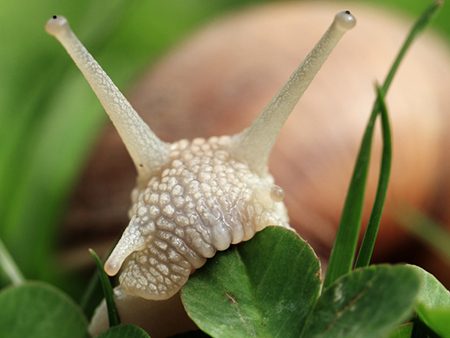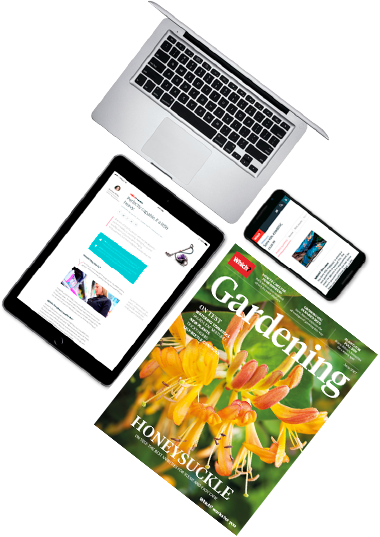User guide
Finding your way around the guide
To navigate between pages, click or tap the arrows to go forwards to the next page or backwards to the previous one. The arrows can be found either side of the page and at the bottom, too (circled in green, below).


Menu/table of contents
Click or tap on the three horizontal lines in the top-right of your screen to open the main menu/table of contents. This icon is always visible whether you're using a computer, tablet or smartphone. The menu will open on top of the page you’re on. Click on any section title to visit that section. Click the cross at any time to close the table of contents.
Text size
On a computer, you'll see three different sized letter 'A's in the top-right of your screen. On a smartphone or tablet these are visible when you open the menu (see above). If you’re having trouble reading the guide, click or tap on each of the different 'A's to change the size of the text to suit you.
Pictures
On some images you'll see a blue double-ended arrow icon. Clicking or tapping on this will expand the picture so you can see more detail. Click or tap on the blue cross to close the expanded image.
Where we think a group of images will be most useful to you, we've grouped them together in an image gallery. Simply use the blue left and right arrows to scroll through the carousel of pictures.
Links
If you see a word or phrase that's bold and dark blue, you can click or tap on it to find out more. The relevant website will open in a new tab.
Jargon
If you see a word or phrase underlined, click or tap on the word and small window will pop up with a short explanation. Close this pop-up by clicking or tapping the cross in the corner.
Help
On a computer, you'll see a question mark icon in the top-right of your screen. On a smartphone or tablet this is visible when you open the menu (see above).
Clicking or tapping on the question mark will open this user guide. It opens on top of the page you're on and you can close it any time by clicking or tapping the cross in the top-right corner.

Caring for your crops
You’ve planted your crops – now you need to look after them. Read our tips on watering, feeding and pest control.
Natural pest controls

The pleasure of growing your own vegetables, fruit and herbs can be short-lived if pests and diseases get to your crops first. Take action – ideally before they strike.
Many pesticides and fungicides are being withdrawn from the market, and often people prefer not to spray their crops, but there are chemical-free ways of controlling pests and diseases.
- Healthy soil produces healthy plants better able to withstand pest and disease attacks. All soils benefit from the addition of ‘organic matter’, such as homemade garden compost or well-rotted manure. Organic matter improves the structure of soils that are waterlogged, compacted or too free-draining.
- Organic matter also feeds the hidden army of creatures and organisms that contribute to the general health and fertility of the soil. Recycle as much as you can from your own garden and kitchen with a compost bin or heap.
- Fine netting such as Enviromesh will protect your plants and crops from flying insects such as aphids. Drape it over hoops of stiff wire so that crops have enough room to grow. It’s essential to do this as soon as you plant out your crops, rather than wait until you spot a pest, otherwise it will be too late.
- Time sowings and plantings to miss vulnerable periods. For example, grow ‘early’ potatoes to avoid blight.
- Pick off pests such as slugs, snails and caterpillars by hand. Make sure you squash any aphids. Tip
To stop slugs and snails attacking veg in pots, spray the pot rim with WD-40.
- Encourage insect predators, such as ladybirds, lacewings, hoverflies and birds.
- Try using biological controls (millions of tiny predators that attack specific pests). We’ve had success with Nemaslug, which is used to control slugs.
There are lots of homemade methods to tackle slugs and snails. When we surveyed 2,000 Which? members, their top methods (aside from slug pellets) were: ducks and geese, nematodes, and copper tape around pots and plants. Most impressive of all were those who removed them by hand; some say they can collect 200 an hour in warm, damp weather. Visit the Which? Gardening Helpdesk for more advice on tackling slugs and snails.
Maintenance tips
Watering
Watering your crops is essential in hot weather. If time or water is short, prioritise anything newly planted. You should also prioritise early potatoes, lettuce, radishes, beans and peas, soft fruit that’s developing berries, beans that are developing pods, and tomatoes. Also prioritise any crops that are growing in pots.
Once established, many crops don’t need much watering. This includes beetroot, garlic, onions, pumpkins, rhubarb, pears and plums.
To get the best possible harvest from any soft fruit, you need to ensure that the plant is supplied with adequate water at all times.
An erratic supply of moisture to your crops will not only be likely to reduce them but will also encourage the development of tougher skins. These tough skins may then, in turn, be prone to splitting when water suddenly becomes available again.
All this watering need not mean using more mains water. Fix a diverter to the downpipe from your bath or shower for a good, regular supply. Replenish any mulches if necessary at any stage during the warmer summer months.
A little knowledge about how often your plants need to be watered and what kind of fertilisers to use will save you time in the long run, and ensure a thriving crop in your garden. Read our Helpdesk tips on feeding and watering your veg.
Weeding
Weeds compete with your veg for moisture and nutrients, so you need to constantly keep on top of them. Some weeds can also harbour pests that then move on to your crops.
Tackling a large, neglected plot full of perennial weeds is very hard work, so you might want to use a weedkiller to get a headstart, even if you plan to grow vegetables organically.
Once the cultivated ground is more or less weed-free, it can be kept that way without using any chemicals at all. Hoeing is an excellent way of getting rid of annual weeds; pick a dry, sunny day to do this. Perennial weeds need to be pulled or dug up. Be sure to pull up all of the roots, otherwise they’ll regrow.
You could add a mulch, a layer placed on top of the soil, to keep weeds down. Mulches include garden compost, well-rotted farmyard manure, composted green waste or woven polypropylene. Mulches also have the added benefit of keeping moisture locked into the soil.
Preserve your crops
Don’t forget that any excess fruit crops can be stored. For most of us, freezing is the easiest and quickest option. In the summer, cut the last of the rhubarb into chunks and save the misshapen strawberries for making coulis or jam later in the year.
You can also open-freeze blueberries – spacing the fruits on a tray so that no two fruits touch – and then, once frozen, scoop up the berries into plastic bags and store them in the freezer until you are ready to use them.


